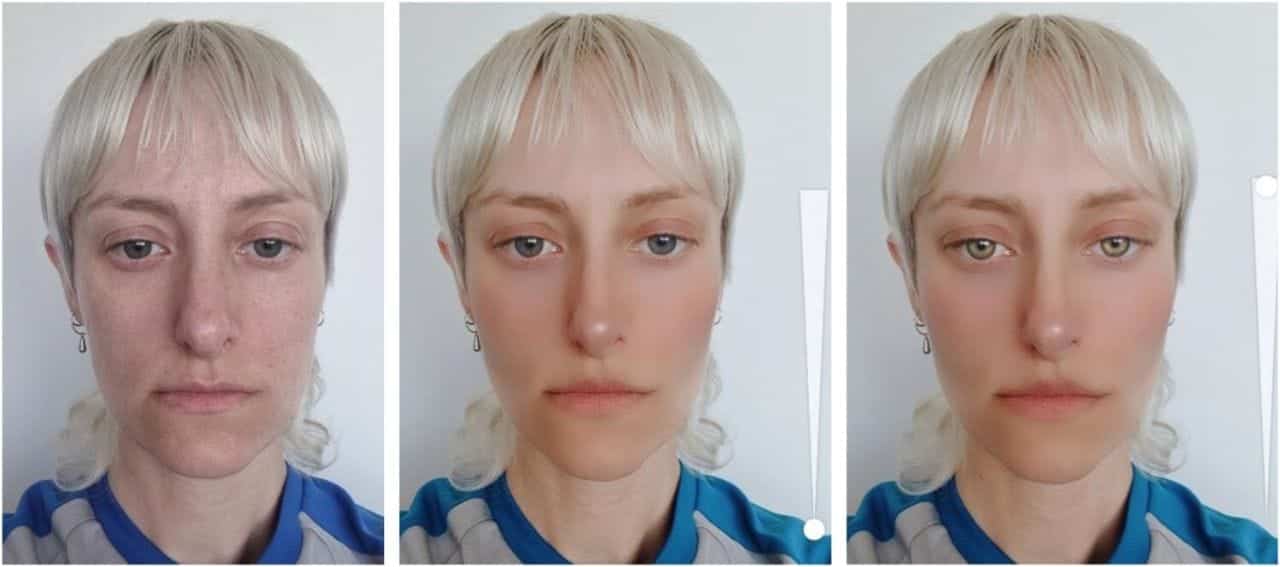Researchers say Instagram filters promote cosmetic normalization and racialized beauty ideals by allowing users to preview aesthetic changes like nose slimming and lip plumping.
New Swinburne University of Technology research finds Instagram filters promote white beauty standards, selective cultural appropriation, and allow users to “try on” surgical procedures, in potentially harmful ways.
Swinburne social media and augmented reality (AR) filter expert Lauren A. Miller looked at 225 beautifying Instagram filters and found that women were looking toward the same limited beauty standards, leaving little room for individual beauty and self-expression.
“The data reveals a template for beauty that is highly unattainable. Certain ‘ethnic’ features are selectively appropriated while others are erased, producing a filtered appearance that is ambiguously ‘exotic’ but ultimately, underscored by its proximity to whiteness,” says Miller in a release.
The research, published in Information, Communication, & Society, found the “doe-eyed” ideal popular in early filters has been replaced by the racialized “fox eye” shape—a controversial social media trend that is considered cultural appropriation by many. Eye color lightening was also common, further reinforcing limited and Eurocentric beauty ideals.
Quantifying a ‘Digital Beauty Template’
The research quantifies a “digital beauty template” created by these Instagram filters—a dominant style of beauty that has come to dictate beauty trends both on and offline for the past several years.
In particular, interactive sliders provided autonomy over the size of facial features, suggesting that filters may serve as an effective try-on tool for cosmetic surgery and injectables.
“This beauty template is one that smooths skin and almost always plumps lips and shrinks noses,” Miller says in a release.
She adds, “The use of ‘sliders’ are particularly insidious in their ability to allow the user to ‘try on’ certain procedures. The slider tool rebrands cosmetic surgery as fun and without risk. We see this reflected in the continued casualisation of injectables like lip fillers and the increasingly lower ages of patients.”
Miller says this research is a significant milestone in quantifying facial feature beautification, something that is difficult to do in research due to the fast-paced nature of online tools. These challenges are being further exacerbated by Meta’s decision to remove the majority of filters from its platforms by late 2025. Miller says the removal of most filters by Instagram does not mean that filtering (and editing) will stop, but instead become further obscured and difficult to identify as users go off-app to edit.
“These results quantify the beauty ideal that has been discussed by the media, often referred to as ‘Instagram face’. However, further support is required to help young people navigate the increasing availability and impact of instantly beautifying technologies,” says Miller.
Photo credit: Swinburne University of Technology


